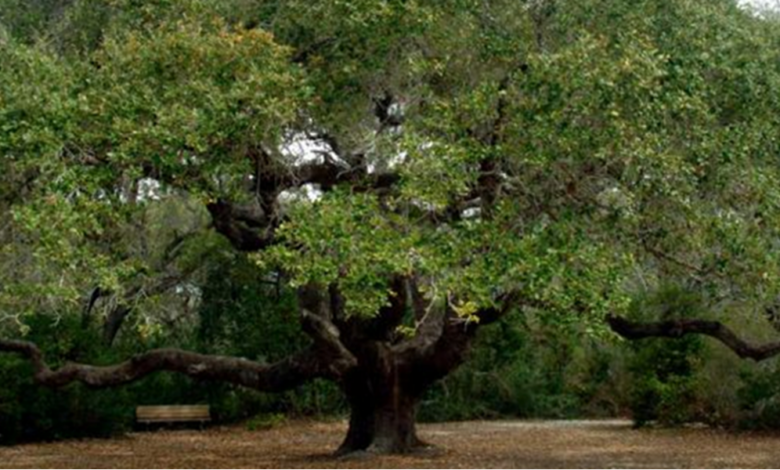
Tree pruning is a practice that involves removing certain parts of a tree, such as branches, buds, or roots, for the purpose of maintaining or improving the health, appearance, and safety of the tree.
Pruning can also be done to shape the tree, promote fruit production, or clear away dead or diseased wood. The practice of pruning requires both skill and knowledge to achieve the desired results without damaging the tree.
Benefits of Tree Pruning
Pruning has many benefits for trees and the surrounding environment. Proper pruning can:
- Promote tree health and vigor by removing diseased, damaged, or dead wood
- Improve tree structure and appearance by shaping the tree and reducing the risk of limb failure
- Increase sunlight and air circulation to the tree’s interior, which can reduce the risk of disease and pests
- Stimulate the growth of new buds and branches, which can enhance fruit production or flowering
- Improve safety by removing branches that could fall and cause damage or injury
Techniques for Effective Tree Pruning
There are several techniques that arborists use to prune trees effectively, depending on the tree’s species, age, and size, as well as the desired outcome. Some of the most common techniques include:
- Crown cleaning: The removal of dead, diseased, or broken branches from the tree’s canopy to improve the tree’s health and appearance.
- Crown thinning: The selective removal of smaller branches throughout the tree’s canopy to reduce the tree’s weight and wind resistance, improve air circulation, and increase light penetration.
- Crown reduction: The removal of larger branches from the tree’s canopy to reduce the tree’s height and spread, improve the tree’s structure, and minimize the risk of limb failure.
- Pruning of fruit trees: The removal of excess growth, water sprouts, and diseased wood to improve the fruit quality and yield of the tree.
When to Prune Trees
The timing of tree pruning depends on the tree species and the desired outcome. In general, the best time to prune most trees is during the dormant season, typically in late winter or early spring before new growth begins. Pruning during this time can minimize the stress on the tree and reduce the risk of disease or pest infestation.
However, there are exceptions to this rule, such as pruning flowering trees, which should be done immediately after blooming to avoid removing next year’s flower buds.
Conclusion: The Importance of Proper Tree Pruning
Tree pruning is an essential practice that can enhance the health, appearance, and safety of trees, as well as the surrounding environment. However, improper pruning can cause damage to the tree, leading to stress, disease, or death.
Therefore, it is important to hire a professional arborist who has the knowledge, skills, and equipment to prune trees properly and safely. By working with an expert, homeowners can ensure that their trees receive the care they need to thrive for years to come.